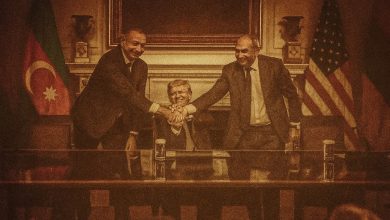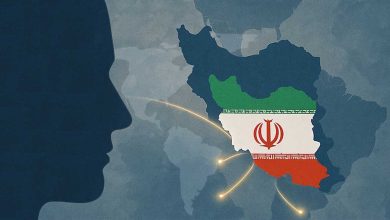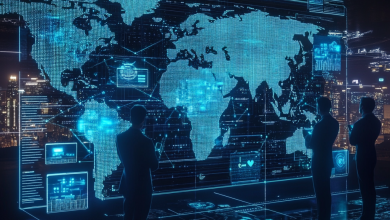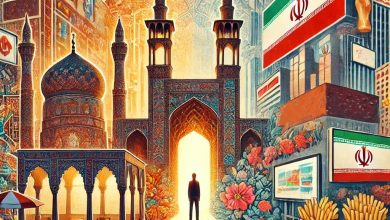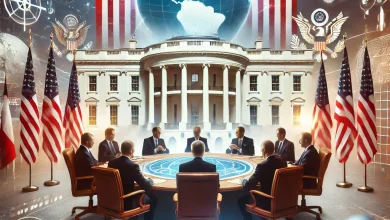The New Cold War
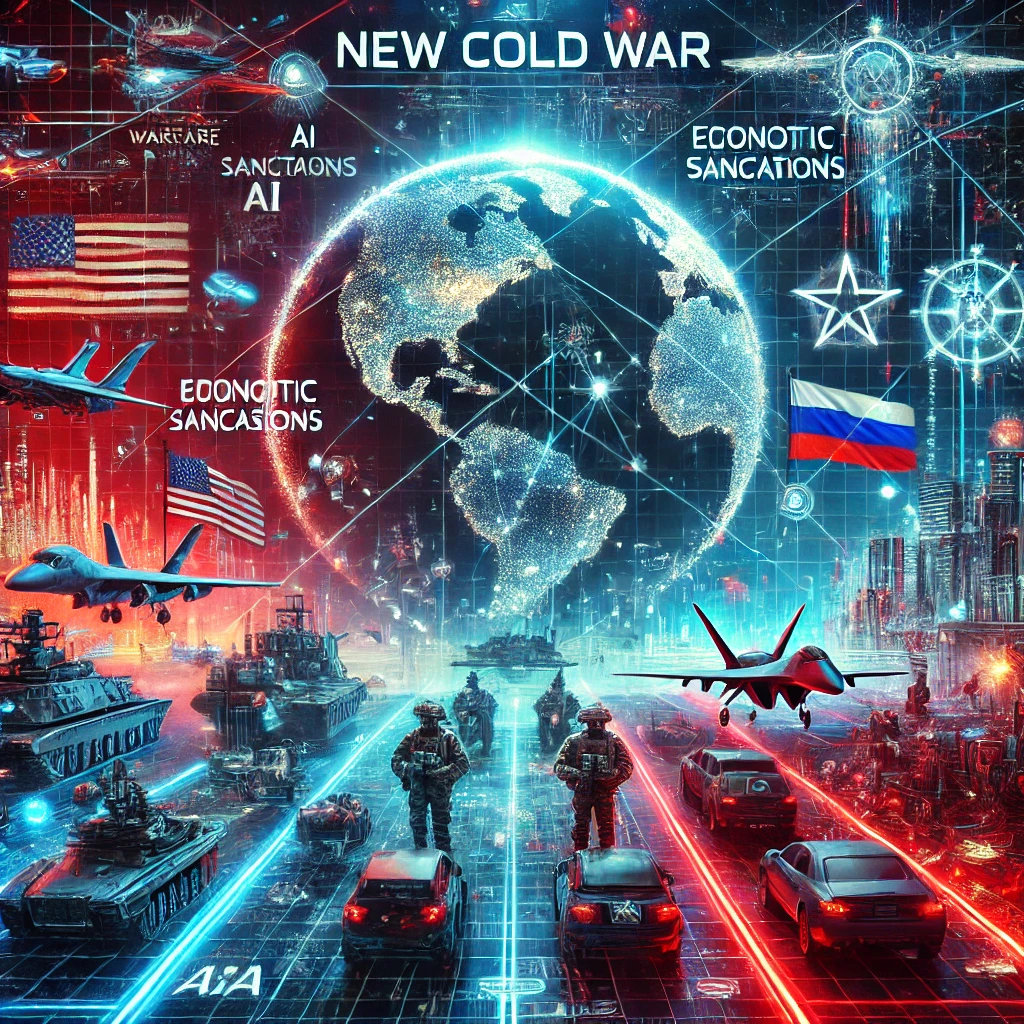
The new Cold War among the major powers began in the early 2010s, when China emerged as a serious economic and technological rival to the United States, and Russia—with its military and geopolitical actions such as the annexation of Crimea in 2014—became a challenge to the West. This confrontation initially took the form of economic competition, sanctions, and proxy wars, but gradually evolved into a structural clash between models of governance, economic order, and militarization. Unlike the classical Cold War, the new Cold War is a multifaceted and complex phenomenon. Rather than a simple bipolar confrontation, the world is moving toward a multipolar order. The United States, China, and Russia are the three main players, while the European Union, India, and some regional powers also play influential roles.
Oil-rich countries in the Middle East—especially Saudi Arabia, the United Arab Emirates, and Qatar—have adopted a balanced approach between the two blocs. These countries have drawn closer to China and Russia economically, as China is one of their largest oil and gas importers, and Russia cooperates with Saudi Arabia through OPEC+. At the same time, they maintain their strategic ties with the United States, which remains the region’s main security guarantor and operates numerous military bases in the Middle East. Saudi Arabia and the UAE have gradually increased their economic and military cooperation with China and Russia but still rely on U.S. military support. Qatar, which hosts a major U.S. military base, also seeks to maintain a balance between the two sides. Overall, Arab countries have adopted a pragmatic approach in this new Cold War, seeking to safeguard their interests with both blocs.
The United States leads the Western bloc, which includes NATO countries, the European Union, Japan, South Korea, and Australia. This bloc defends liberal democracies and free-market economies and seeks to maintain its influence in key global regions. On the other hand, China and Russia, both governed by authoritarian regimes, aim to challenge the Western-led international order. China, as an economic and technological powerhouse, and Russia, as a military and geopolitical force, collaborate strategically through economic and military alliances to counter American influence.
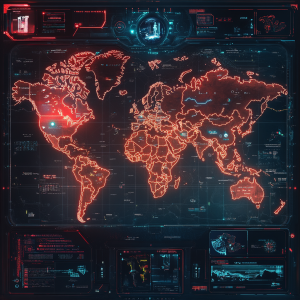
The United States and China are engaged in a broad economic war, involving tariffs, trade sanctions, and competition over advanced technologies such as semiconductors, artificial intelligence, and 5G networks. Through programs such as “Made in China 2025” and the “Belt and Road Initiative,” China seeks to steer the global economy toward its own sphere of influence, while the U.S. attempts to preserve its dominance by restricting China’s access to advanced technologies. Militarily, competition has intensified in areas such as hypersonic weapons, cyber warfare, and presence in strategic regions like the South China Sea and Eastern Europe. NATO is expanding its operations in response to Russia, while China is building up its naval power to confront the U.S. in the Pacific. The war in Ukraine and tensions over Taiwan have become focal points of this new Cold War. Strategic regions like the South China Sea and Eastern Europe are now battlegrounds for competing interests among the great powers. Russia seeks to strengthen its influence in Eurasia and push back against NATO, while China aims to reclaim Taiwan and gain control over global supply chains.
The new Cold War is emerging with greater intensity than before, encompassing economic, military, and geopolitical rivalries. Unlike the 20th-century Cold War, which established two clearly separated blocs, the current conflict is more intertwined and complex. Its future depends on the economic power of China, the cohesion of the West, and internal developments in Russia and other regional powers. This new Cold War is likely to continue for decades, and its resolution will depend on the formation of a new global balance of power.
It is important to note that emerging technologies such as artificial intelligence and biotechnology play a decisive role in the new Cold War. The race for dominance over these technologies has not only economic but also military and geopolitical implications. For instance, competition over artificial intelligence could lead to the development of autonomous weapons and advanced surveillance systems—technologies that could significantly shift the balance of power. Additionally, non-state actors such as major tech companies, terrorist groups, and non-governmental organizations are playing an increasingly influential role. Tech companies can shape government policies through the services and technologies they provide. Terrorist groups can exploit cyberspace for propaganda and recruitment. NGOs can influence public opinion and international policies through their activities.


